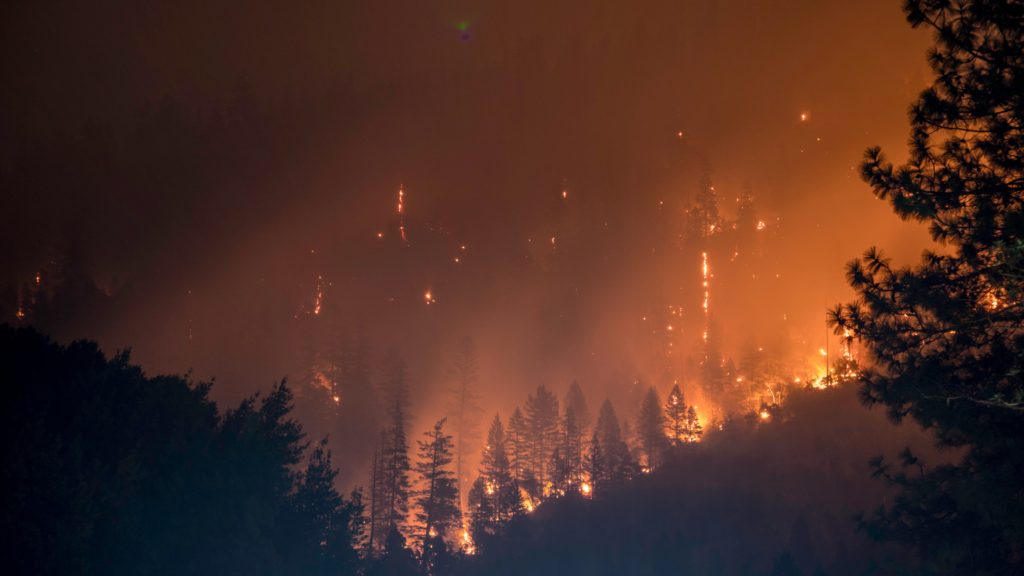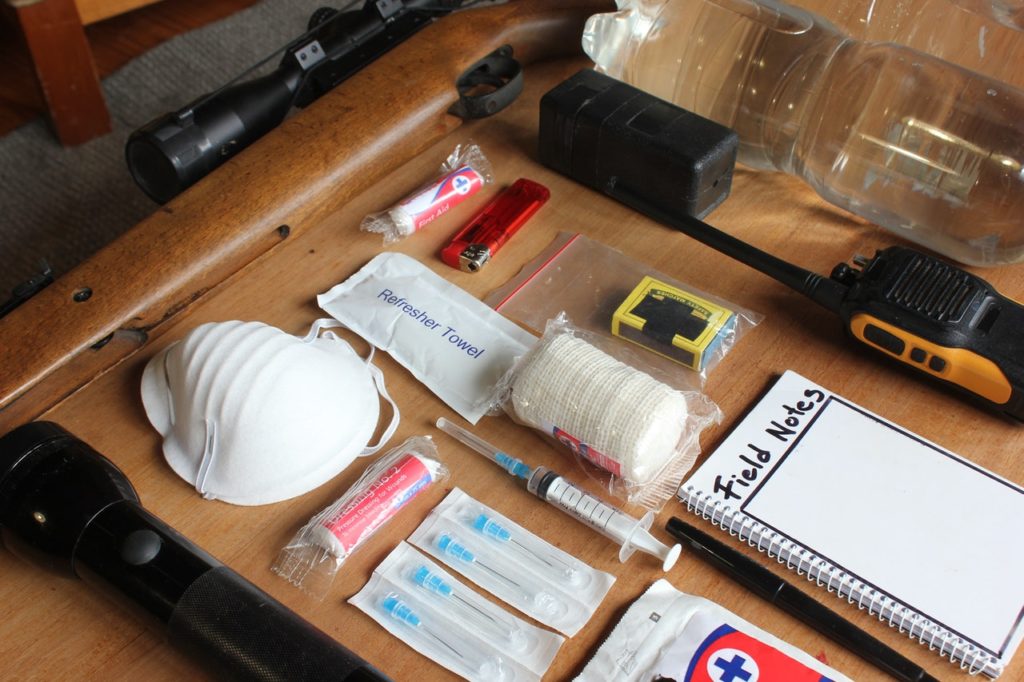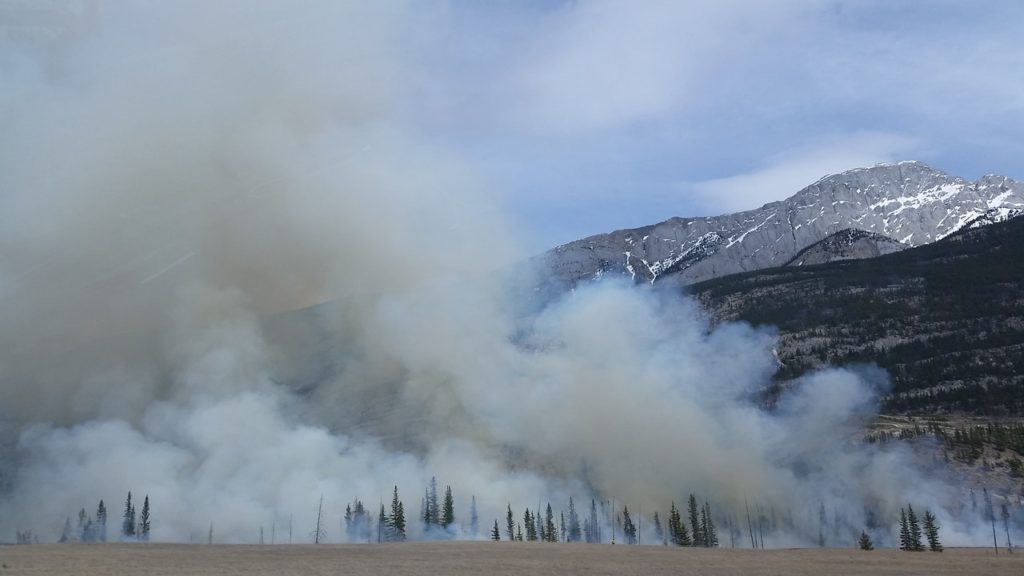Learning how to prepare for a wildfire will make life easier when it’s time to face a real one.
A wildfire is an unexpected fire in natural areas such as forests, mountains, and grasslands. They often appear in periods of little rain and high winds.
Wildfires can be caused naturally by lightning, or sometimes by humans. Summer temperatures are also a catalyst for this type of disaster.
A wildfire doesn’t come alone. It brings with it other disasters such as flooding, and state size disruption in transportation, energies, and communication.
The Federal Government spends billions of dollars each year to minimize the risks and damages.
Wildfire still appears each year and wipe tremendous amounts of goods and takes precious human lives.
Protect yourself if you are under a wildfire warning:

- If a warning has been made to leave, do it immediately to avoid getting caught in traffic jams or worse, get surrounded by the fire.
- If you are trapped, your life is in serious danger as the smoke alone can kill you in minutes. Call 9-1-1 and give them your location.
-
Stay tuned to the ongoing information and alerts related to your area.
Wear your N95 masks to protect your lungs from the harmful air particles.
How to prepare for a wildfire coming your way:
What to do before a wildfire:

- Follow the announcements from The Emergency Alert System (EAS) and National Oceanic and Atmospheric Administration (NOAA) Weather Radio.
- Know your community evacuation plan and study your surroundings to find all the paths you can take to leave the place.
- Take notes of each person’s specifical needs. Pack your supplies and first aid kit, especially the N95 respirator masks as the air will get charged with harmful particles when the wildfire approaches. Take into account your pet’s needs.
- If you have to stay at home, choose the best room that can be quarantined from the outside air. Use a portable air cleaner and close all doors and windows to keep clean air inside.
- Place your important documents and goods in a fireproof safe.
- Find the closest water source to your place with a hose that can reach your home.
- Clean the surrounding of any material that can catch fire. Build a fire-resistant zone that goes at least 30 feet from your home.
- Review the terms of your insurance to make sure your goods and property are assured against wildfires.
What to do during a wildfire:

- If there is an evacuation alert, leave the area immediately.
- If you are trapped, give your location to 9-1-1. Keep in mind that under disastrous circumstances, help response can be delayed and sometimes impossible to reach. Turn the lights on to make yourself easily spotted.
- Keep listening to EAS, NOAA weather radio and local sources of information to take notes of what’s happening around and to follow the instructions.
- Wear your N95 masks to breath safe air only while staying in the less smoky place you can find.
What to do after a wildfire:

- Do not return to your property as long as you didn’t hear from the authorities that it is safe to do so.
- Be careful with the ground you are stepping on as it may be hiding heat spots that can burn you or worse, start a new fire.
- Phone systems are sometimes unusable after a disaster, rely on social media instead to reach out to your family and friends.
- Wear a NIOSH certified-respirator and start wetting the surroundings to lower the temperature and clean the air dust sources.
- Make an inventory of your property damages. Take pictures and videos before contacting your insurance.
Beware of the period following a wildfire. There is an increased risk of flooding due to the change in the landscape.
Heavy rain can result in a flash flood and mudflows. Stay alert until the vegetation is restored in the area. The process can take up to 5 years after a wildfire.
Sign for flood insurance if you don’t have one, the goal is to protect your life and all you’ve built.
Learning how to prepare for a wildfire is the easy part. When facing a real fire, it’s essential to not panic and to think clearly of the next steps you are taking.






